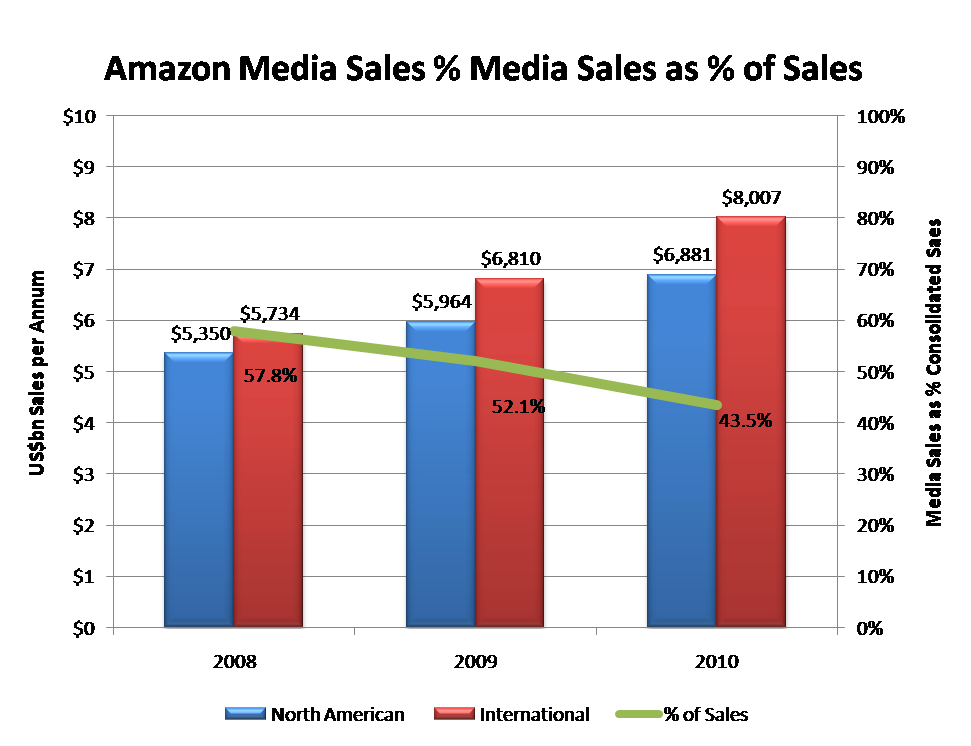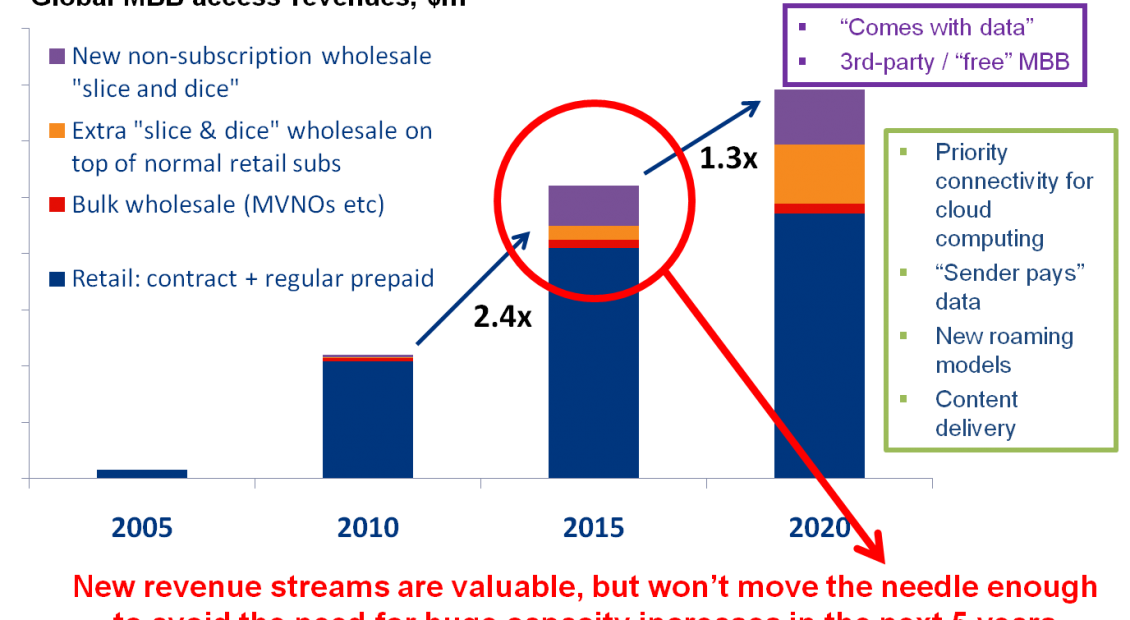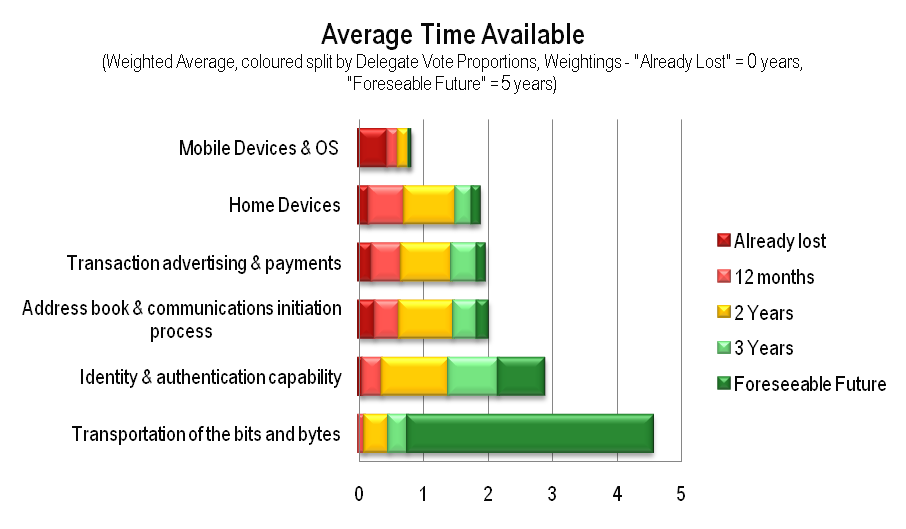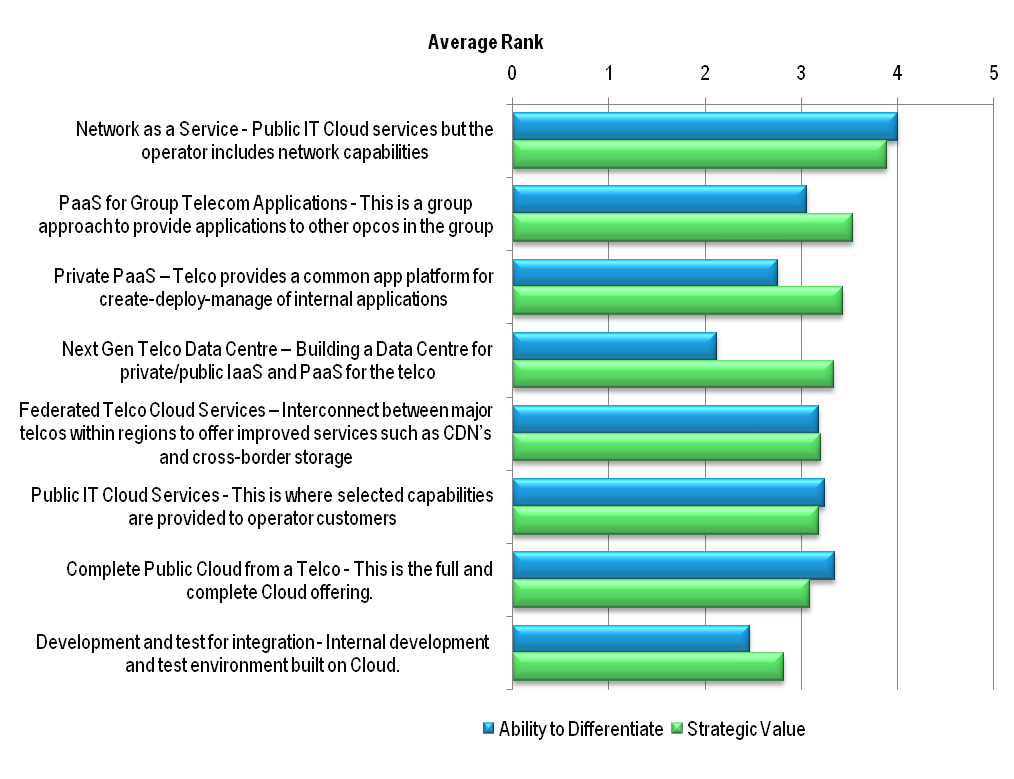
Appstore 2.0: Amazon Vs Apple & Google
Amazon is probably the Internet’s best retailer. As it launches its own AppStore, we provide a detailed analysis of its digital media business and pick out the key opportunities it offers to content owners, network service providers and manufacturers. (March 2011, Executive Briefing Service, Dealing with Disruption Stream).









